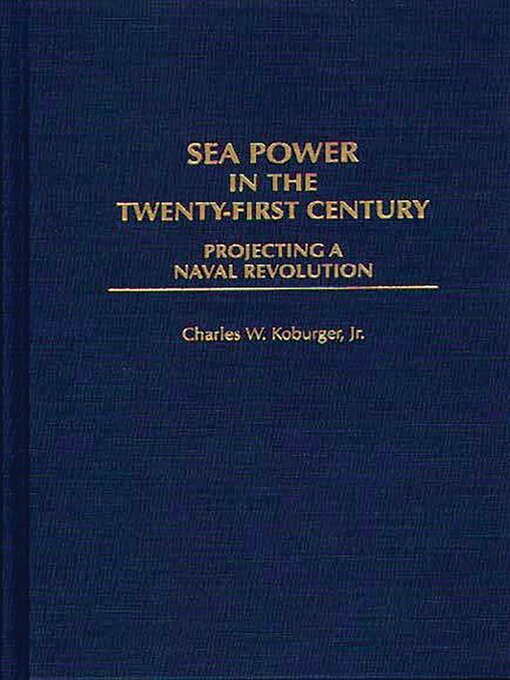- Arts & Crafts
- Fitness and Health
- Outdoor Recreation
- Biography & Memoir
- Business
- History
- All Nonfiction
- See all
-
Description
-
Details

OverDrive Read
- ISBN: 9781573568753
- Release date: September 16, 1997
PDF ebook
- ISBN: 9781573568753
- File size: 10806 KB
- Release date: September 16, 1997
